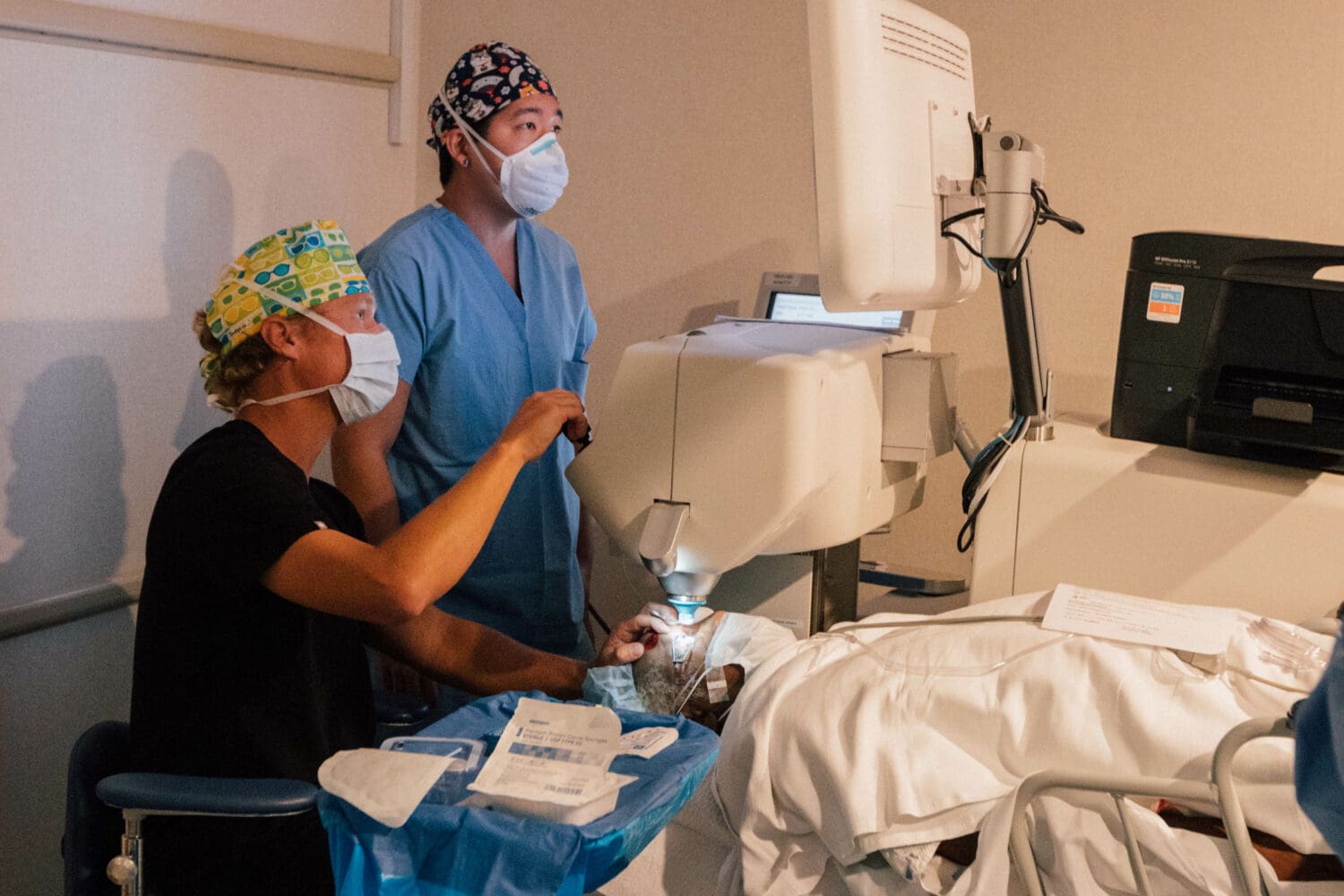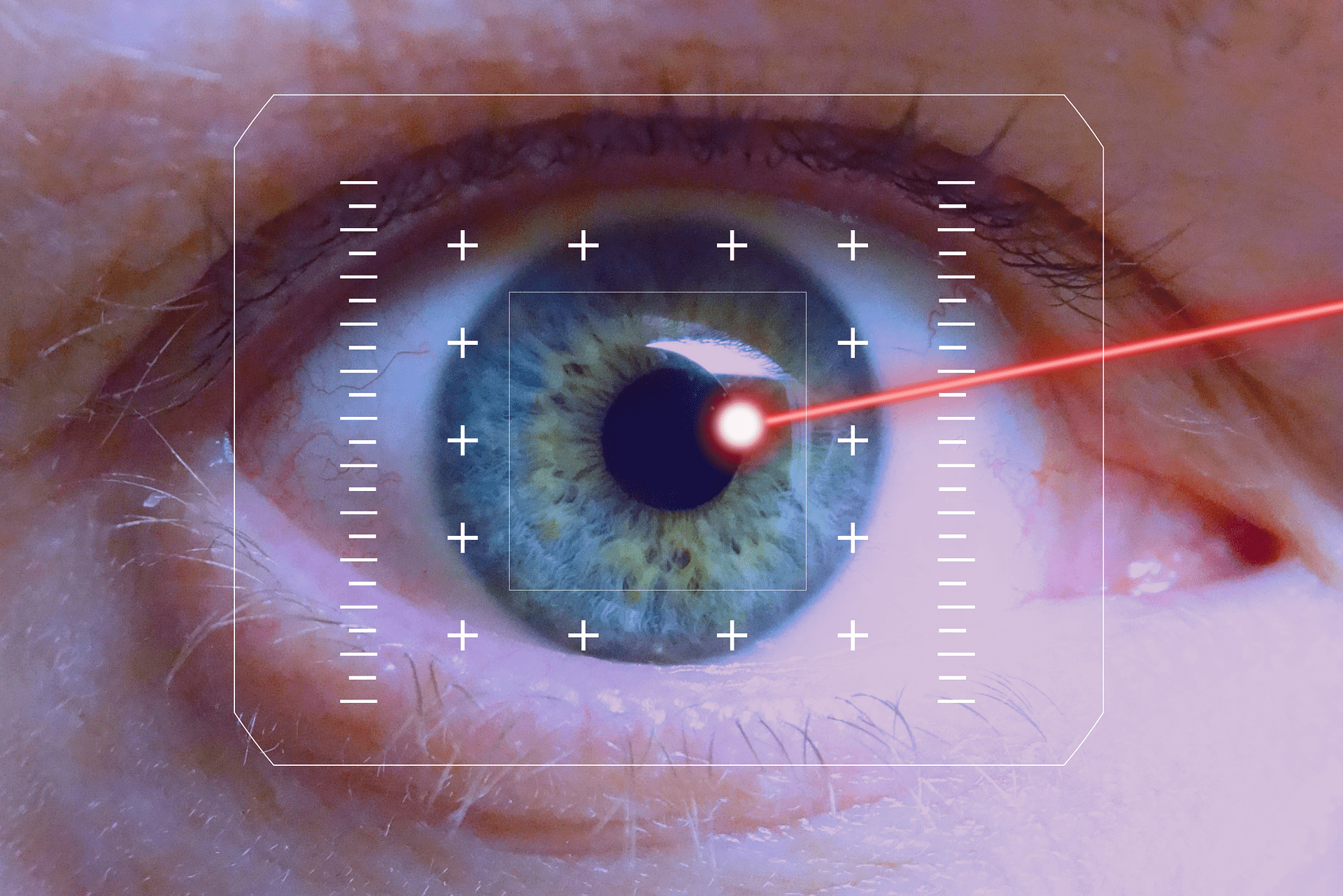LASIK eye surgery has transformed the lives of millions by offering a long-term solution to…

The Link Between Dry Eyes and Eye Pain or Soreness
Dry eye syndrome is a prevalent condition, often characterized by discomfort, eye pain, or soreness. Understanding the intricate relationship between dry eyes and these symptoms is essential for effective management and treatment. We will explore the underlying causes of dry eyes and how they lead to pain and soreness, offering insight into potential treatment strategies.
Understanding Dry Eye Syndrome
Definition and Symptoms
Dry eye syndrome occurs when the eyes do not produce enough tears or when the tears are of poor quality. This lack of adequate lubrication leads to a variety of symptoms, including eye pain, soreness, redness, blurred vision, and a burning sensation.
Causes of Dry Eyes
The causes of dry eyes can be multifactorial, ranging from environmental factors like wind and dry air to screen usage, aging, and certain medical conditions. Medications such as antihistamines and certain health conditions can also contribute to dry eye symptoms.
The Pathophysiology of Eye Pain in Dry Eye Syndrome
Tear Film and Eye Irritation
The tear film plays a crucial role in keeping the eye surface smooth and clear. In dry eye syndrome, the instability of the tear film leads to increased friction on the eye surface, causing irritation and soreness.
Inflammatory Response
Chronic dry eyes can trigger an inflammatory response on the eye’s surface. This inflammation is a key factor in the development of eye pain and discomfort associated with dry eye syndrome.
Diagnosis and Assessment
Clinical Evaluation
Diagnosis of dry eye syndrome involves a thorough clinical evaluation. This includes patient history, assessment of symptoms, and examination of the eye’s surface and tear production.
Diagnostic Tests
Specific tests, such as tear breakup time, Schirmer’s test, and ocular surface staining, are used to evaluate tear production and eye surface health, aiding in the accurate diagnosis of dry eye syndrome.
Management and Treatment Strategies
Artificial Tears and Lubricants
The primary treatment for dry eyes involves the use of artificial tears or lubricants. These products help to replenish tear film and alleviate symptoms of pain and soreness.
Environmental and Lifestyle Modifications
Modifications in lifestyle and environment can also significantly benefit individuals with dry eyes. This includes reducing screen time, avoiding dry and windy conditions, and using humidifiers.
Advanced Therapeutic Options
For more severe cases, advanced treatment options are available. These include prescription eye drops that help increase tear production or reduce inflammation, punctal plugs to retain tears, and in some cases, surgical intervention.
The Importance of Regular Eye Care
Ongoing Monitoring
Regular eye examinations are crucial for individuals with dry eyes. Ongoing monitoring allows for adjustments in treatment as needed and helps prevent complications.
Patient Education
Educating patients about the nature of their condition and how to manage it effectively is a vital part of treatment. Understanding the link between dry eyes and eye pain empowers patients to take an active role in their eye health.
The correlation between dry eyes and eye pain or soreness is a significant aspect of understanding and managing dry eye syndrome. Through comprehensive diagnosis, individualized treatment plans, and patient education, it is possible to alleviate these symptoms and improve overall eye health. Addressing this condition promptly and effectively can lead to a significant improvement in quality of life for those affected.
If you’re experiencing eye pain or soreness and suspect it might be related to dry eyes, don’t wait to seek professional help. Contact us today to schedule an appointment, and let our experienced team provide you with the comprehensive eye care you need for relief and comfort.



